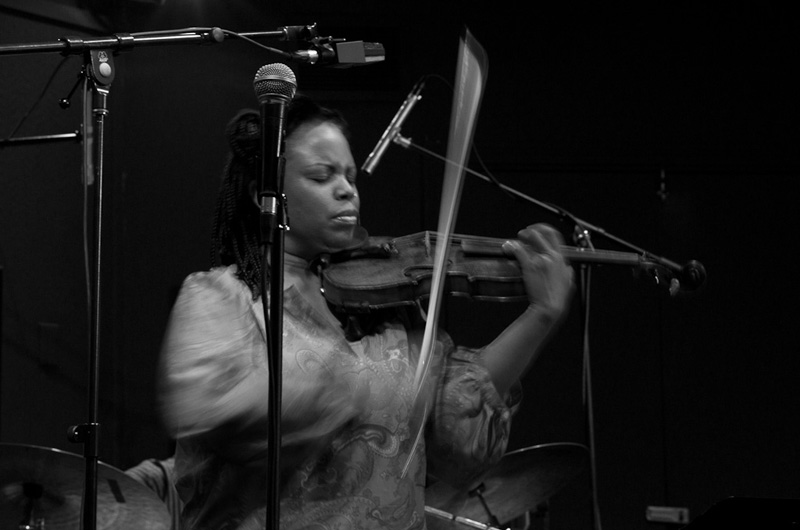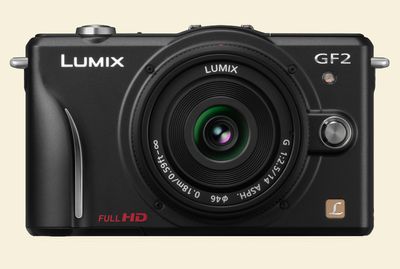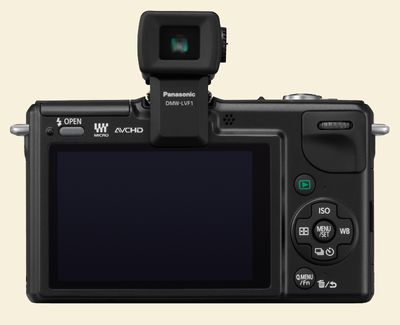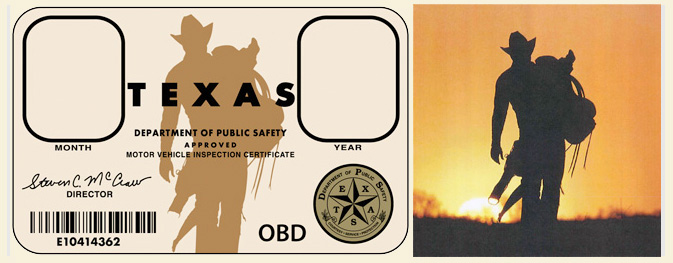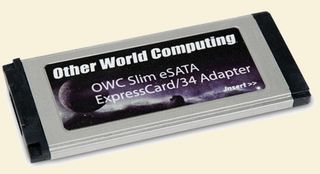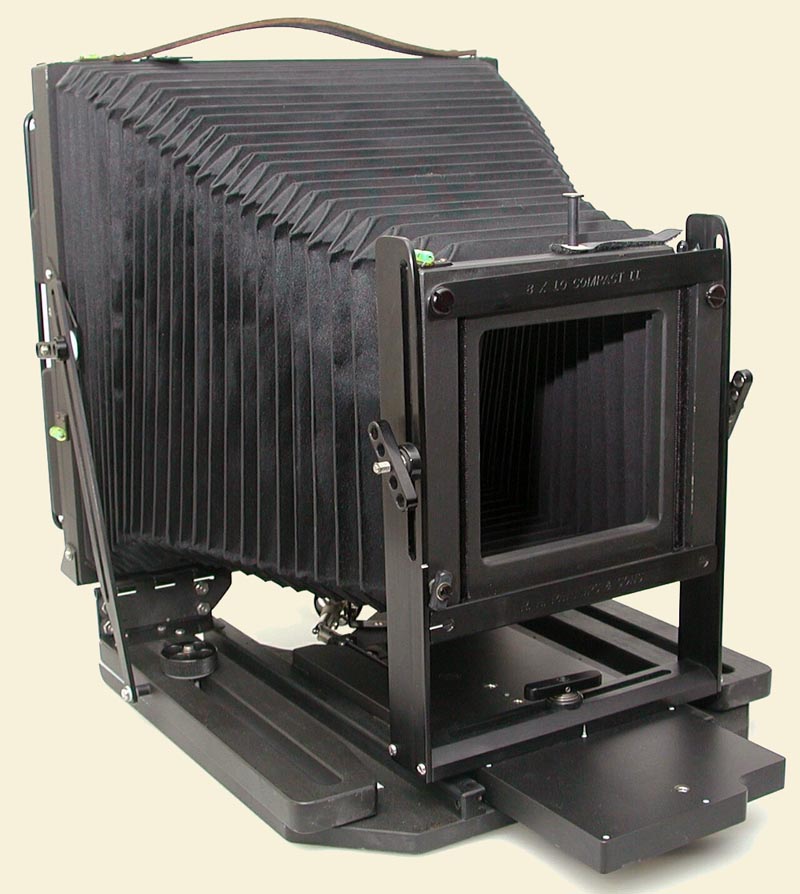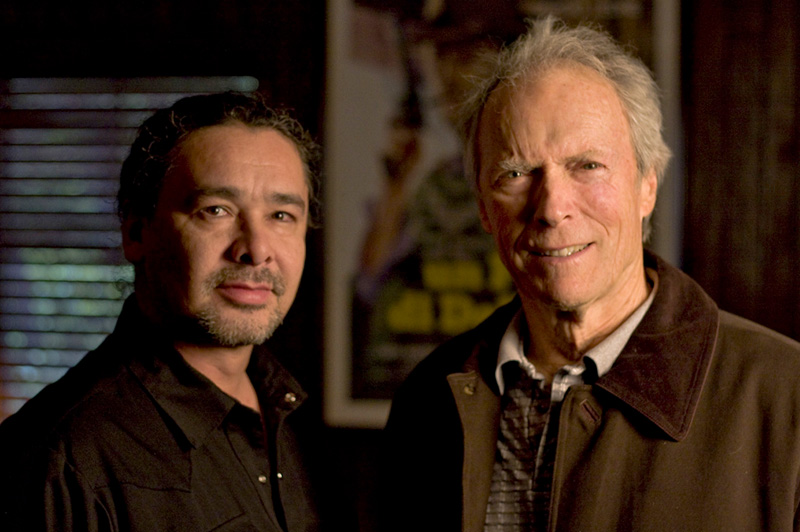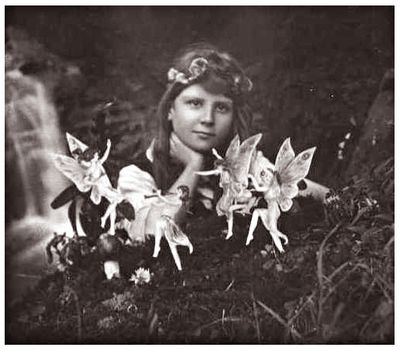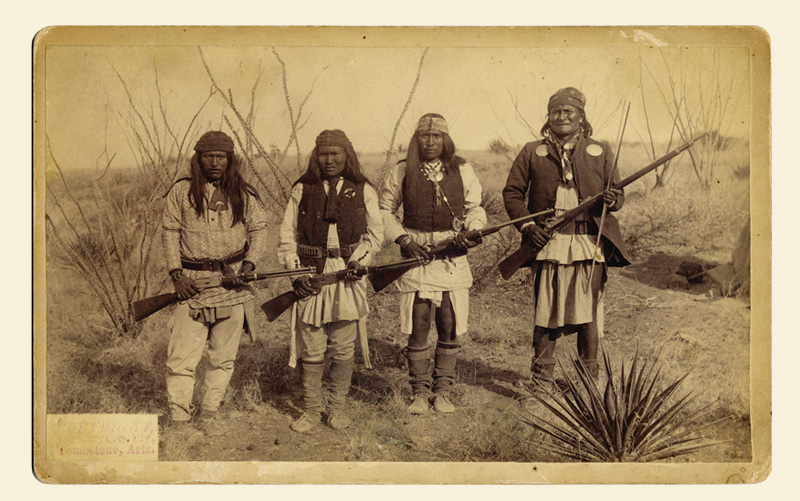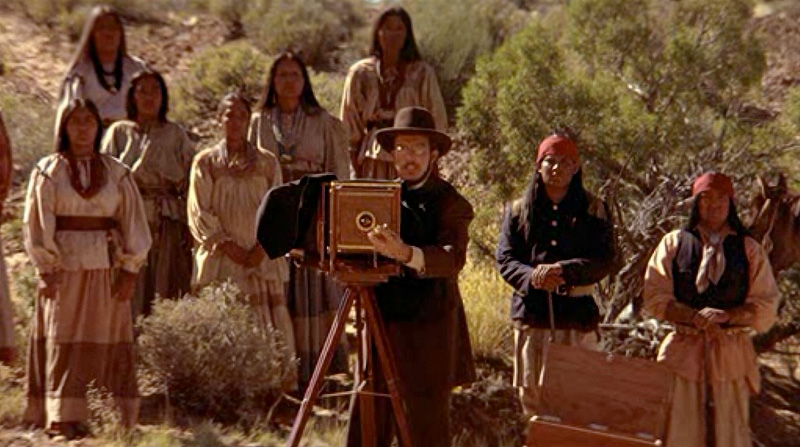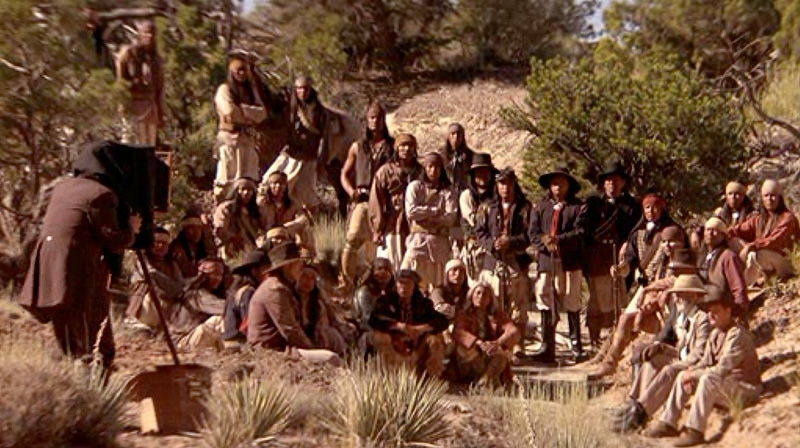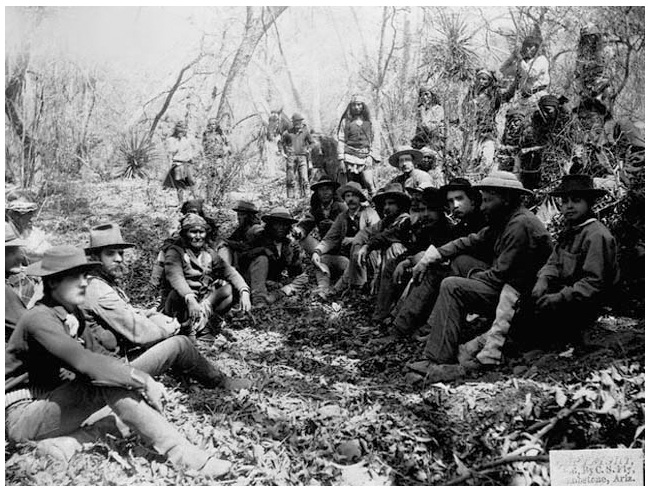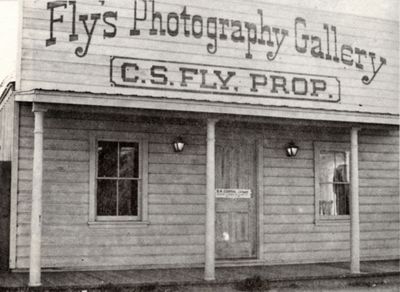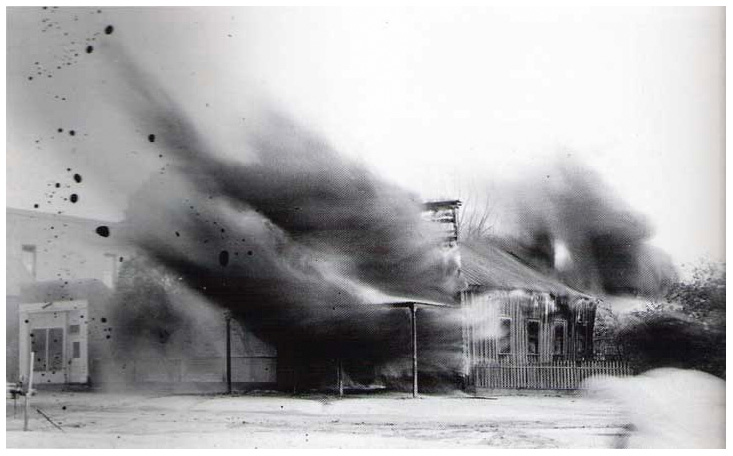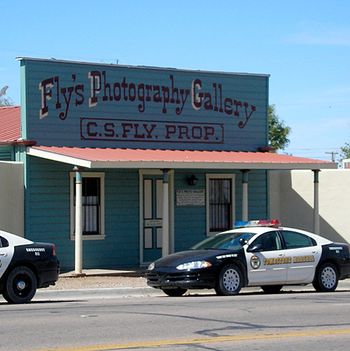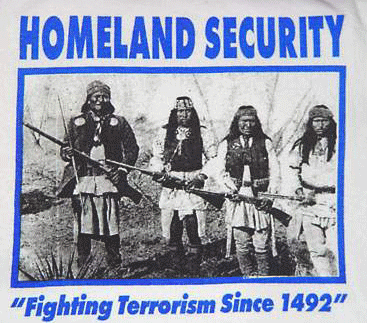John Camp raised the question yesterday about why some photography books might belong in the art (or painting) section of a bookstore.
His questions were somewhat flippant, conflating the issue with Ctein's beard and the way the mighty Packers dominate the paltry and pathetic Vikings when all is right with the world (okay, he didn't put it exactly that way). But it's a real issue, as an October 22nd article in the Financial Times underscores.
I have little hope of covering this issue thoroughly, or even usefully, on a blog. The persistent mystery, and one which is very close to the heart of the way photography's upper echelons function in the culture, is why some photographers are artists, and some are merely photographers.
The FT article is overtly about Annie Leibovitz. At the outset, the writer, John Gapper (who, tellingly, is bio'd as "the FT 's chief business commentator") discovers, with a sense of fascination, that "...despite all her celebrity and talent, Leibovitz lacks earning power as an artist." That is, she remains a photographer, and is not an artist. He notes the broad gulf reflected in prices: "The most that one of her photographs has fetched at public auction, according to Artnet, the online auction house, is £31,200...plenty by most photographers’ standards[,] but works by Sherman, Prince and Gursky have fetched more than $2m ($3m in the latter two cases)."
The article goes on to provide a snapshot of the contemporary art market for photography, and to lay bare some of the bones of its mechanics. "Photography accounts for a tiny proportion of the auction market—2 per cent of sales in 2009, according to ArtTactic—but it has attracted growing investor interest...Not only did the total value of the contemporary photography market rise by 285 per cent between 1993 and 2008, according to Art Market Research, but it has been more resilient than contemporary art in the post-2008 downturn." That's good news.
The bad news, at least for Lebovitz? The article doesn't come right out and say it, but the implication is clear that the art market, which has a distinctly ghoulish character, is all set to appropriate her as its own as soon as she's no longer around to muddle up the stability of her output and mess with the supply of her work. Like Michael Jackson, the best thing she could do for her career at this point might be...well, to die. Not a happy thought.
One of the biggest headaches for the art market where photography is concerned is in regulating scarcity. The market has somewhat uneasily solved the problem of Glut Potential (I just made that term up) by placing a false premium on "vintage" prints and enforcing a cult of limited editions (the value judgements in this sentence are also mine). What the market wants is what diamonds have achieved in the precious stone market: a delicate equilibrium between adequate supply and adequate scarcity. Where prints are concerned (and did I mention that to be an artist, you have to produce prints?), the supply is necessary for auction record comps and to develop and a market in the first place and satisfy it profitably, and scarcity is needed to create rarity, stimulate demand, and hopefully keep prices at a boil. My brother, who has worked with gemstones all his life, notes that diamonds aren't rare stones. Rarity is good only up to a point. And supply is only good up to a point, too.
Leibovitz hasn't played the game. "'She is...her own worst enemy,' says Zelda Cheatle, curator of the Tosca Photography Fund." One gallery dropped her because it was too much of a hassle to get her to sign her prints. The article does detail her more recent attempts to rehabilitate—recast—her status. She's working at it, although her heart doesn't quite seem in it. It's quite possible she's actually better at being a photographer.
One thing the FT article doesn't attempt to explicate is the mystery that remains, the mystery within the mystery: what governs who gets to be an artist and who must remain just a photographer? Prices expose the dichotomy, but what determines who goes where? It's as mysterious as fashion. Say what you want about art vs. photography and who goes in what section of the bookstore, the fact remains that that code is infernally difficult to crack. It's even difficult to track. Many photographers honestly (some even emphatically) just don't care, and don't try (and here at TOP we care much more about photographers, it must be said), but it's still true that many able people have tried to make it to the far side of that yawning divide and failed.
Gapper quotes Michael Wilson, a major British collector: "Art is basically what a bunch of collectors and curators say it is, there is no getting around that."
Indeed. A couple of months ago I did a bunch of original research around the question of the Rick Norsigian "Ansel Adams" yard sale pictures (I was going to write an article about it, another thing I haven't gotten around to doing). One of the most fascinating things anybody said to me came from a gallery owner, who made the claim that it didn't really even matter if the negatives were made by Adams or not. The important thing to the art world was whether they were accepted by the art world's established Adams experts or not. If they weren't, then it didn't matter—they weren't Adamses. And that's that.
Yet that's not all there is to it. Because that "bunch of collectors and curators" aren't kingmakers: many of them have tried to annoint selected chosen ones as artists at one time or another and have failed, and some photograph-producers have magically ascended to secure places in the ranks of artists with little apparent effort. Why?
I don't have a conclusion here. The mystery remains for me too.
Mike
(Thanks to Bob Burnett)
(P.S. I'm not going to publish any comments of the hidebound, reactionary "it's all horseshit" variety. Fair warning? The difference between £31,200 and $3m, just for starters, is not horseshit to anybody I know.)
Send this post to a friend
Note: Links in this post may be to our affiliates; sales through affiliate links may benefit this site. More...
Original contents copyright 2010 by Michael C. Johnston and/or the bylined author. All Rights Reserved.
Featured Comment by Yuanchung Lee: "How people get sorted into the 'artist who photographs' camp as opposed to the less financially rewarding 'photographer' camp is a mystery that likely has no definitive answer. My hunch is that like most critical distinctions in the art world, it's something determined principally (and simply) by the collective fiat of curators, critics, and market-makers (auction houses as well as dealers).
"But there are a few epiphenomenal rules that I've been able to discern.
"First, if you work in several media, only one of which is photography, then you are an artist-who-photographs and not a mere photographer. The best examples of this are Ruscha and Prince. Also perhaps Christenberry. Jeff Wall may be a product of this rule as well, since he began as a painter before moving on to photography.
"(Relatedly, if you 'trained' as an artist generally, e.g. by obtaining a 'general' MFA (as opposed to one specifically in photography), and then chose to use photography as your media of expression, then you get classified as an artist-who-photographs.).
"Second, people who use appropriation-ist strategies always fall on the artist-who-photographs side of the divide. E.g., Sherrie Levine, Barbara Kruger, R. Prince (again), and countless others.
"Third, those who photograph in the directorial mode (to borrow A.D. Coleman's term) are far more likely to be considered artists-who-photograph than those who photograph in the documentary mode. Crewdson and Wall easily fall in this category. And of course Cindy Sherman as well as folks like J. Casebere and Laurie Simmons.
"Fourth, in order to fall on the 'correct' side of the divide, it helps to claim ignorance of photographic techniques and disinterest in the nature of the equipment used. Crewdson, e.g., is famous for saying that he doesn't even own a camera (and doesn't even trip the shutter for his own photographs). Hence, he's not a photographer—and thus must be an artist!
"Finally, the bigger the photograph, the more likely that its creator will be called an artist rather than a photographer. E.g., Gursky."
Featured Comment by JL: "This is indeed an interesting question, and one I've followed for some time. I think some potted history might help.
"The main culprit here—if culprit there must be—is probably MoMA which, under Alfred Barr, established a Department of Photography which was distinct from the Department of Painting and Sculpture, the latter having a higher budget, more space, more prestige, etc. Some of the Surrealists—Man Ray and Andre Breton, for example, manged to make it into P&S, but for the most part the division held. At the same time, or perhaps a little bit later, galleries devoted to photography started to spring up, which further separated photography-as-an-art by creating and encouraging collectors—Sam Wagstaff, for example, who built enormous collections of things that, until then, no one else was really collecting.
"Sometime in the '60s, I'd say—maybe a little earlier—you get more or less conceptual artists and painters who start using photography in their work. People like Ed Ruscha, Baldessari, Dan Graham, Warhol, and so on. This sort of work poses a problem: photography departments didn't collect it, because it didn't fit into the history of photography: people who collected paintings didn't buy it because, well, it wasn't painting. So you have a sort of standoff.
"Then, in the '80s, you start getting artists like Cindy Sherman and Richard Prince, Sherrie Levine, and Mapplethorpe, who work almost exclusively with photographic images, but aren't really photographers in any real sense (except for Mapplethorpe). Some of them don't know how to use a camera; none of them really care. That stuff gets classified as 'art,' but it's still hard to figure out who's going to buy it. I think Sherman might be the real breakthrough, in terms of creating a broad acceptance of the-artist-who-happens-to-use-a-camera, as opposed to a photographer. When the work of that generation starts getting readily accepted, photography galleries start to go under. Some more or less straight photographers—Larry Clark, for example, maybe Frank, maybe Eggleston—manage to find their way to 'art' galleries, but a lot of others are left out in the cold.
"Nowadays, frankly, I think very few photographers who want to be taken seriously are willing to allow themselves to be confined to the 'photography world.' It's always been a bit of a neglected neighborhood: now it's really a ghetto.
"For a photographer like, say Gregory Crewdson, or P. L. diCorcia, it's a no-brainer. You take your work to an art gallery, and skip the photography world altogether, if you can. For one thing, the money's better; for another, you get a better rep.
"If you look at the really high prices paid for photographs—the stratosphere, where things go for, say, more than a million, all of the living photographers are in the artist's camp—Prince, Gursky, Jeff Wall. You can pick up a Robert Frank print for less than $10,000, I believe, but you can't get a Prince for 20 times that.
"Who made this decision? It's common to think there's some sort of conspiracy amongst curators, collectors, dealers, auction houses and the like, but I think the answer is much simpler: the artists decide when they first start showing their work around. Do you show it to people interested in photography, or do you show it to people interested in the entire history of modern art? Can you tell a convincing story such that your work belongs in the tradition of Schwitters, or Rauschenberg, or Warhol? Then you get in the art world. Are your references Ansel Adams, or Walker Evans? Then you're stuck in the photography world.
"It's really that simple, I think. —And that complicated: I've seen photographers of a certain generation, stuck between the two worlds, trying to move into the art world. It ain't easy, once you have a reputation and a history."
Featured Comment by Andy: "I have wondered about this too. I think maybe you are looking down the wrong end of the telescope. Instead of looking at the producer of the work, look at the buyers.
Who buys this stuff?
"Well, people with a lot of money. I don't mean to sound frivolous but your average taxi driver, factory worker or farm hand is not usually in the market for this kind of art. Even if they won the lottery I suggest that they probably would not buy fine art.
"No, the buyers of fine art are more likely the owner of the taxi company, the factory owner, the landowner. People who don't have to ask how much.
"Also in the frame are film stars, businessmen and other big earners, of course. It has been said that most of the world's wealth is concentrated in the hands of a comparatively small number of people, something like 2 or 3 per cent of the population.
"We have a U.K. Rich List, it's the richest people in the country, listed by the Telegraph newspaper. It runs to only about 600 people. They can pay £1 million for a picture.
"We have a cynical saying here... 'It's not what you know that helps you to succeed, it's who you know.' If you are a good photographer or artist then to sell your work for high prices you need to make contact with the people who can afford to pay big money for your work. But these people move in exclusive circles. They are rarely seen in public and the hoi polloi are kept away.
"So I think the secret of the whole thing lies in whether or not the originators of art works get their work into places where they are seen by people who are in a position to buy them. That's a can of worms someone else can open!"
.
